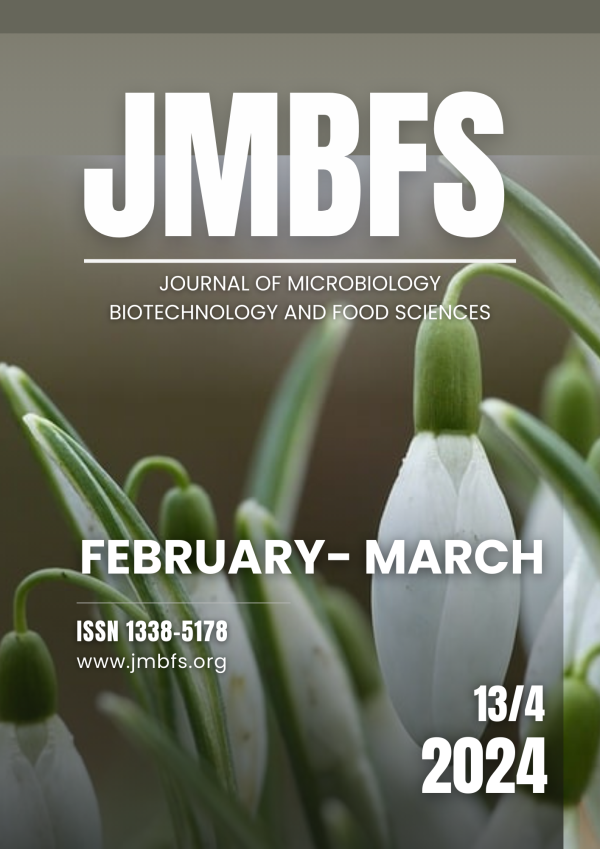CULTIVATION OF DUNALIELLA SP. USING FISH PROCESSING WASTEWATER AS A NUTRIENT SOURCE: EFFECT ON GROWTH, BIOMASS PRODUCTION, AND BIOCHEMICAL PROFILE
DOI:
https://doi.org/10.55251/jmbfs.10127Keywords:
Fatty acids, Fish processing wastewater, Microalgae, Pigment, ProteinAbstract
Fish processing wastewater (FPWW) has the potential for providing inorganic and organic nutrients, which can be chemically processed and produced as a medium for the production of microalgae. Here the effects of FPWW (1, 3, 5, and 7 mL/L) and Walne medium (as a control) on the growth, biomass, and biochemical content of Dunaliella sp. were evaluated. An increase in FPWW concentration enhanced the growth, biomass production, and pigment and protein content of Dunaliella sp. There was no significant difference in the growth, biomass, pigment, protein, and lipid content between the FPWW concentration of 7 mL/L and Walne medium (control) (P > 0.05). Interestingly, significant 4.4- and 4.1-fold increases in monounsaturated fatty acids (MUFAs) and polyunsaturated fatty acids (PUFAs), respectively, were observed for Dunaliella sp. cultured in FPWW at 7 mL/L vs. Walne medium. The authors conclude that treated FPWW can potentially be used as a medium for the growth of microalgae.
Downloads
Downloads
Published
How to Cite
Issue
Section
License
Copyright (c) 2023 Muhammad Fakhri, Shilvia Astryanti, Nasrullah Bai Arifin, Okki Putriani, Arulia Zalni, Endar Riyani, Bagus Adi, Titin Yuniastutik, Ating Yuniarti, Anik Martinah Hariati

This work is licensed under a Creative Commons Attribution 4.0 International License.
All papers published in the Journal of Microbiology, Biotechnology and Food Sciences are published under a CC-BY licence (CC-BY 4.0). Published materials can be shared (copy and redistribute the material in any medium or format) and adapted (remix, transform, and build upon the material for any purpose, even commercially) with specifying the author(s).





